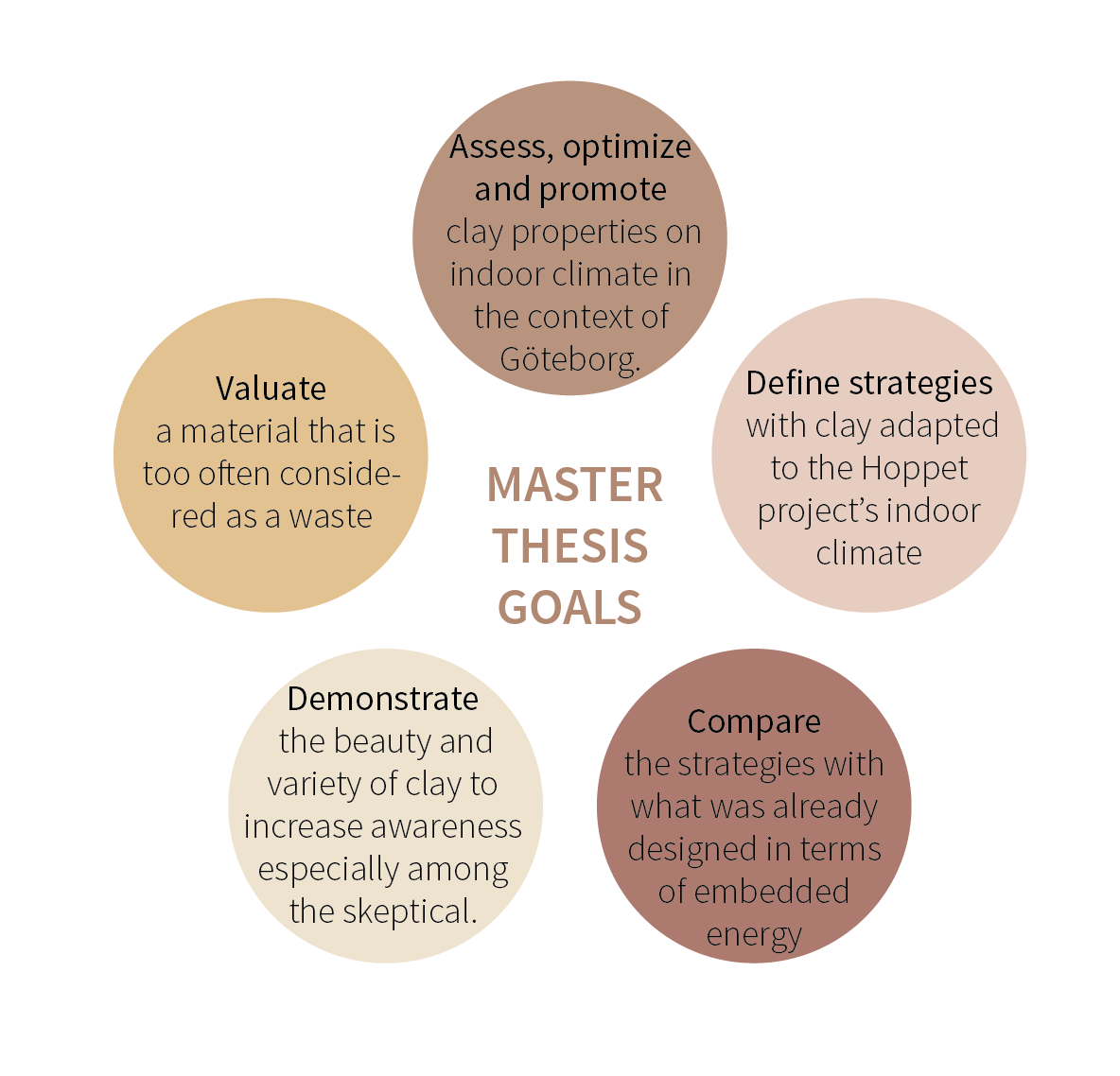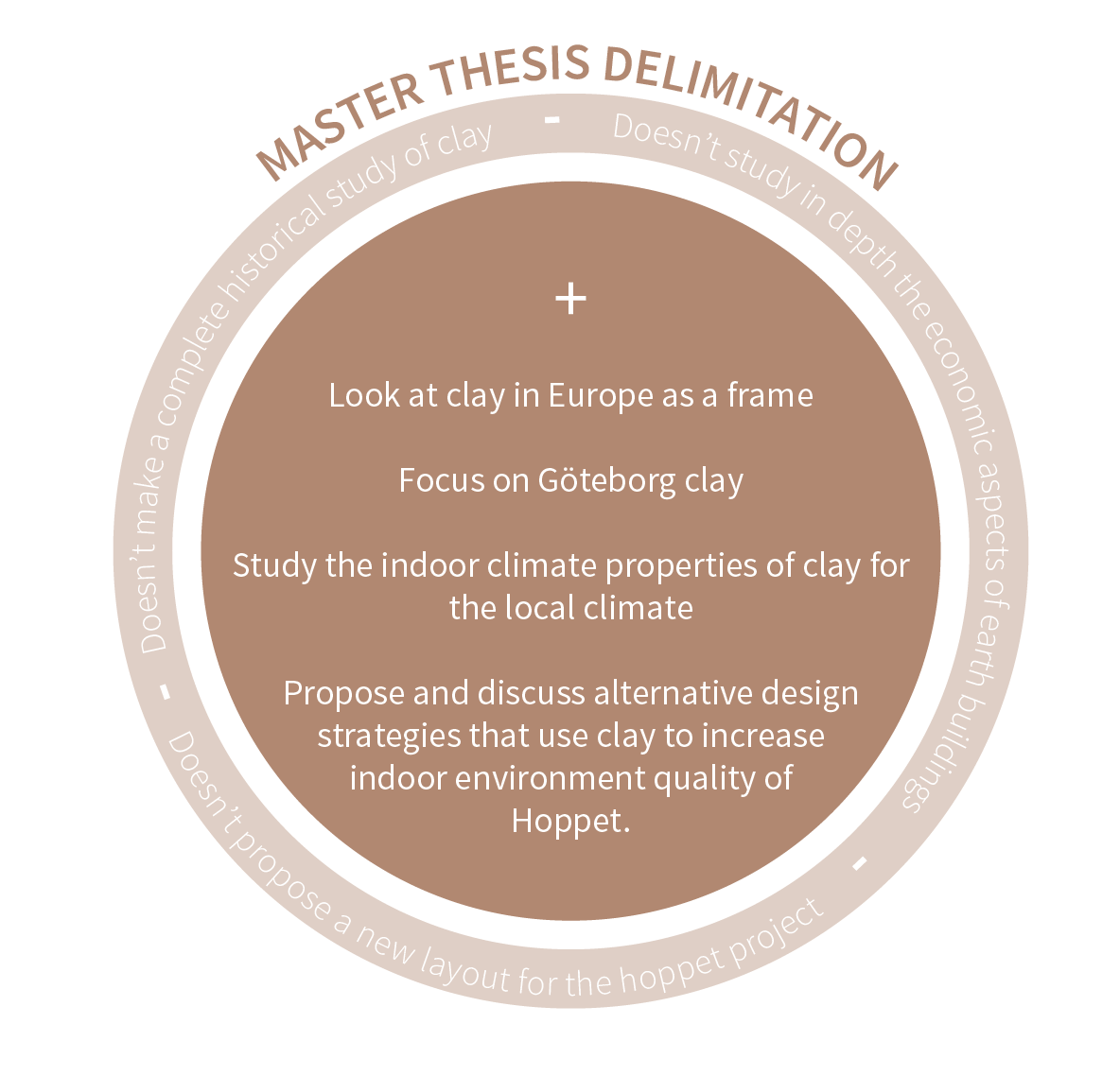Introduction / Clay in theory / Clay in practice / Catalog / Generic design / Reflections
1
INTRODUCTION
First approach
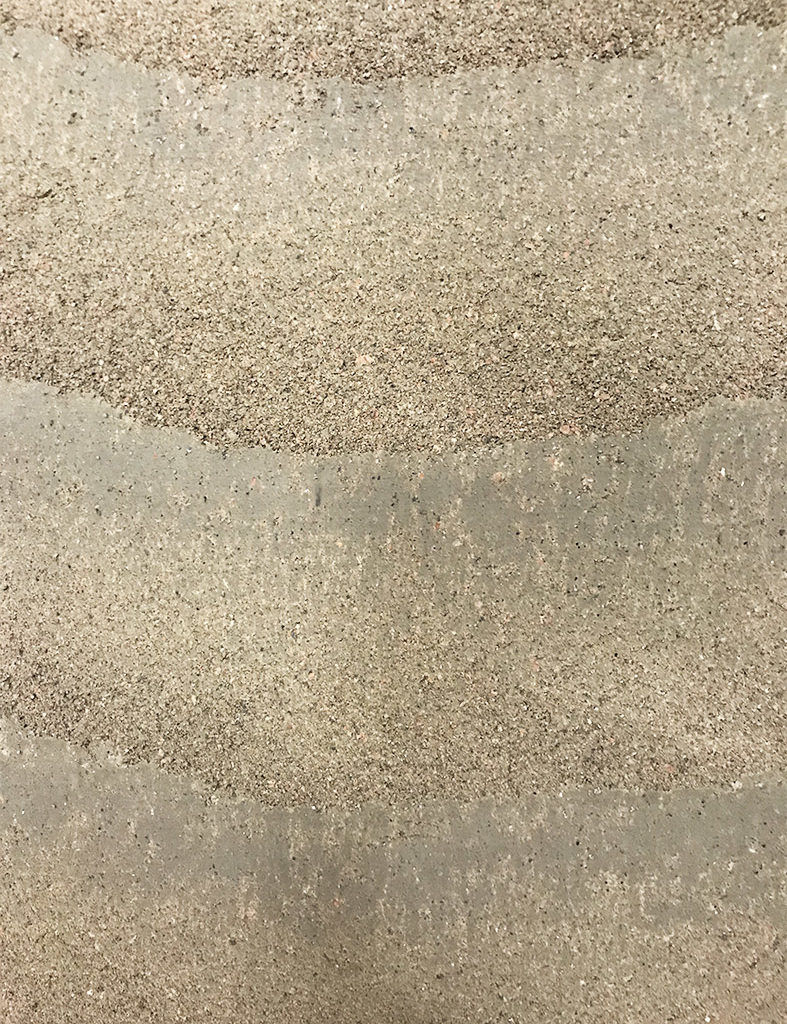
Before the start of the master thesis semester, I was invited to participate in the ramming of a small earth sample developed by EarthLAB, using clay from Göteborg. It was my first experience with earth used as a building material and my first contact with the local clay. It was interesting to see and understand how the clay has to be completed and corrected with a precise proportion of sand, gravel, and water. I was also able to experience the energy necessary to rammed the earth. This sample testified of the beautiful color and result of the ramming, without the addition of pigments.
Background
NEED FOR A SHIFT
According to the UN Environment, 230 million sqm of buildings are expected to be built by 2060 (UN Environment et al., 2017) and the building sector is responsible for 39% of the CO2 emissions (Global ABC et al., 2019). Therefore, we need an urgent shift in the ways we build to decrease the emissions whilst still sustaining our need.
FRAMEWORK OF THE THESIS
This master thesis is framed by three main trends :
– The evolution in the repartition of the CO2 emission of buildings
– The amount of clay excavated in each city that is considered as waste
– The fact that the European population spends 90% its indoor
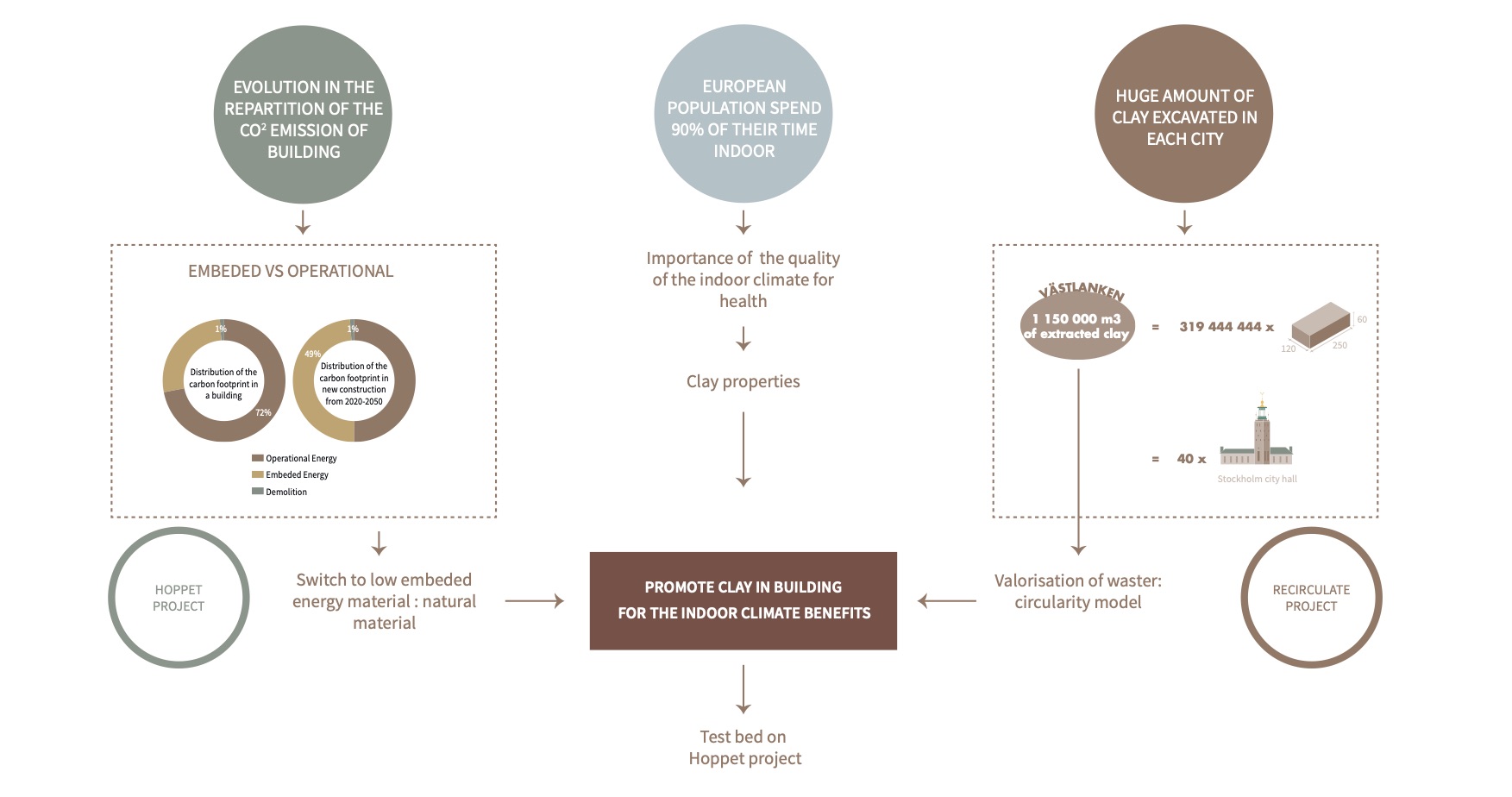
“It is of crucial importance to bring the built environment into a low carbon roadmap. This will be achieved first of all through highly energy efficient buildings. It is also through a complete rethinking of the design of the buildings, based on low carbon solutions”
Pierre-Andre de Chalendar – CEO of Saint-Gobain
Master thesis questioN, Method and scope
RESEARCH QUESTION
How to promote the use of excavated clay for buildings and take advantage of it to optimize indoor climate in sustainable buildings in a Swedish context ?
METHOD
Several methods were used to go from the question to the reflection such as literature study, case study, and field test in a limited scale to develop knowledge. Then a catalog was compiled and used as a reference for the generic design, which use the hoppet project as a testbed to answer the question.
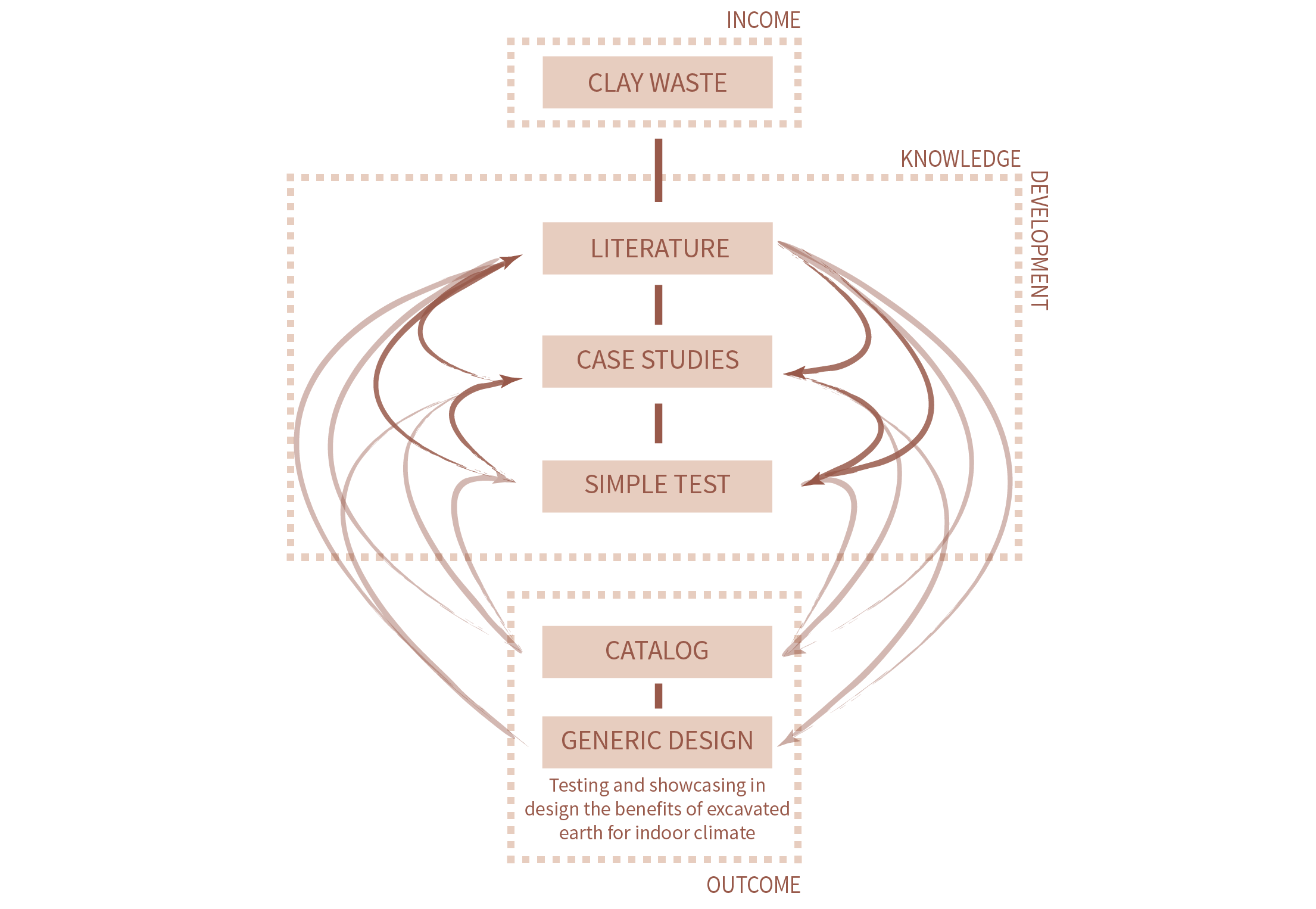
GOALS AND DELIMITATION

